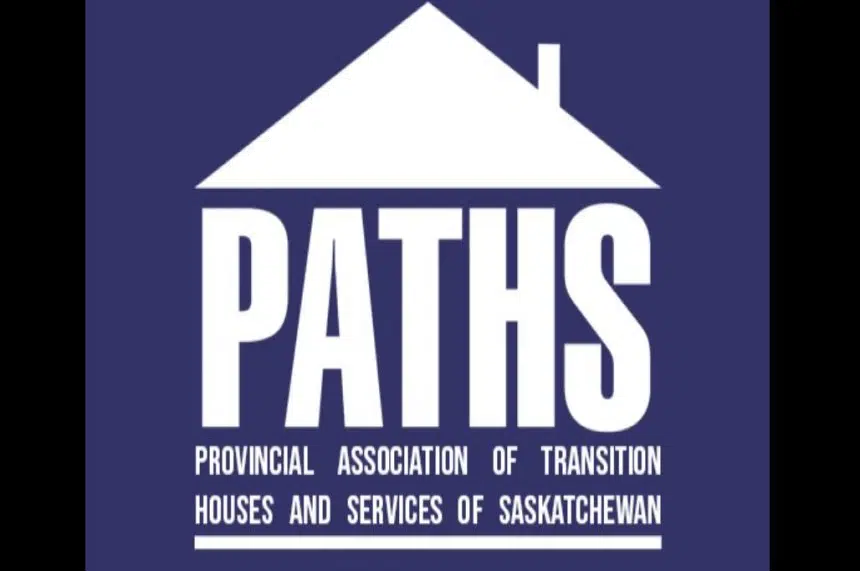In the wake of a domestic incident that left Charlene Graham dead at a Meadow Lake campground earlier this week, the issue of intimate partner violence in Saskatchewan is becoming more visible.
Crystal Giesbrecht, director of research and communication for the Provincial Association of Transition Houses and Services Saskatchewan (PATHS), said Saskatchewan’s rate of intimate partner violence is more than double the national average.
The province also has a higher per-capita rate of domestic homicide as compared to other provinces.
“This is unfortunately all too common,” Giesbrecht said.
It’s a Saskatchewan-specific problem because though partner violence exists across the world, the rates remain especially high in the province.
“There (are) things we need to look at specifically when we’re addressing problems in Saskatchewan and that way services are delivered (and) the rural/remote nature of our province,” Giesbrecht explained.
The work PATHS does helps connect professionals who serve people experiencing intimate partner violence. The organization also provides training and education to member agencies — consisting of domestic violence shelters and counselling services — and conducts research into intimate partner violence in Saskatchewan.
The issue, however, is a complex one.
“Unfortunately, we don’t have the answer as to why the rates are so high in our province, but I think it’s a combination of societal attitudes, of living in rural and remote communities and access to services and a number of other factors, I think, that intersect to make it sometimes difficult for community members to recognize intimate partner violence and for survivors to reach out and access health and support,” Giesbrecht said.
The signs of domestic violence
About once every four months, a woman in Saskatchewan is killed by her current or former significant other — most commonly, the former.
The behaviour associated with intimate partner violence ranges from obvious to subtle.
Abuse can take the form of physical or sexual violence, as well as emotional and psychological abuse. Some of the more discreet signs of an abusive relationship, Giesbrecht said, include control over the actions of a significant other and jealousy.
A lack of overt signs of violence can make it difficult when involving police.
“Some of the challenge is that assault, sexual assault, stalking, harassment — these things are Criminal Code offences,” Giesbrecht explained.
“Some very dangerous forms of intimate partner violence are not crimes under Canada’s Criminal Code. Some of the controlling behaviours, the jealousy, the isolating someone from friends and family, controlling what they do, economic abuse (controlling someone’s access to money), those things aren’t going to be recognized as crimes.”
Giesbrecht stressed the importance of recognizing when it is time to report and encourage a legal response to a domestic violence situation.
She also expressed the significance of recognizing all forms of intimate partner violence as serious and taking steps to seek help and support from service providers when needed, no matter what form the abuse takes.
That’s why Giesbrecht is grateful to see Graham’s family sharing her story.
“I think it’s really an important thing that Charlene Graham’s family has chosen to speak about her life and her contributions and what was happening in that relationship,” she said.
“It really does help to prevent because part of the challenge we have is for people to recognize all of the forms that intimate partner violence takes and the warning signs and the risk factors to recognize if it might be happening in your own relationship, in a family member’s relationship or in a friend’s relationship.”
Stories like Graham’s can go a long way towards recognizing problems and facilitating positive intervention in women’s lives and relationships, like encouraging someone to leave their abusive partner.
Though important, the time when a woman chooses to end and leave an abusive relationship is a very dangerous time, according to Giesbrecht.
“That’s when danger can escalate and sometimes when intimate partner homicides occur is after the relationship is ended,” she said.
Every situation is unique, like every relationship, and Giesbrecht advises anyone in a relationship with concerns about their safety or wellbeing to reach out to a domestic violence shelter.
Information on how to get help if you or someone you know is in a dangerous relationship can be found on the PATHS website.











